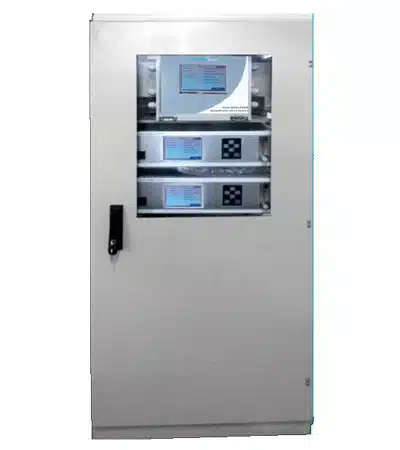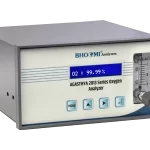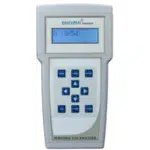Insightful FAQs on continuous emission monitoring system
A Continuous Emission Monitoring System (CEMS) is an equipment that can measure and record the amount of pollutants and contaminants released into the environment from industrial sources. It does so continuously, which is why CEMS can help analyze any changes in emissions over time. Here, we share some of the commonly asked questions about CEMS and their answers.
What pollutants can CEMS measure?
CEMS are capable of measuring a wide variety of pollutants and emissions. Continuous emission monitoring systems can pick up nitrogen oxides (NOx), sulfur dioxide (SO2) and carbon monoxide (CO) concentrations in the stack. Other gasses they can monitor include carbon dioxide (CO2), hydrogen chloride (HCL), chlorine gas, and others.
How does CEMS work?
Continuous emission monitoring systems typically come with gas analyzers and sample conditioning unit. There are extractive Hot Wet and Hot Dry systems depending on the gas to be measured and its concentration. The analyzers are able to collect samples from the stack continuously and analyze the same. After detecting the emission levels accurately, the system also records it for future reference. The data can be shared with regulatory authorities to prove that industries are operating within the bounds of the environmental regulations.
Why is continuous monitoring important?
Continuous emission monitoring is extremely important to ensure that industrial emissions comply with the regulations. It can also enable businesses to identify any emission issues within their operations and address the same immediately. These solutions can limit the amount of harmful emissions in the environment and benefit the overall environment and air quality.
How often should CEMS be calibrated?
The calibration requirements for CEMS depends on a number of factors, such as the regulatory requirements and the manufacturer’s recommendations. However, it is safer to perform calibrations regularly to ensure that the readings are accurate and the recorded data is reliable.
Can CEMS help in emission reduction efforts?
Yes, CEMS enables industries with real-time data and records of their emissions. This is important for the industries to identify possible areas of improvement and optimize their processes, which leads to reduced emissions. If implemented in the correct manner, CEMS and environmental regulations can ensure minimal harmful impact of industrial emissions on the environment.
Looking for a continuous emission monitoring system?
Explore our continuous emission monitoring systems. We have diverse offerings, based on the industry in question and its intended operations. For example, our Agasthya 2013 Series Continuous Emission Monitoring System BI 7000 NDUV features a Non Dispersive Ultraviolet Spectroscopy sensor. It can detect and record nitrogen dioxide, sulfur dioxide, chloride and other gasses. On the other hand, our Integrated Continuous Emission Monitoring System with SCU & Heated Probe & Sample Tubing can detect even more pollutants, such as hydrogen chloride and hydrogen fluoride.



